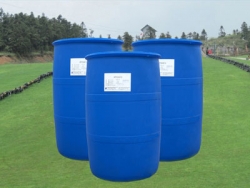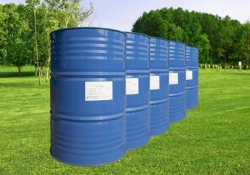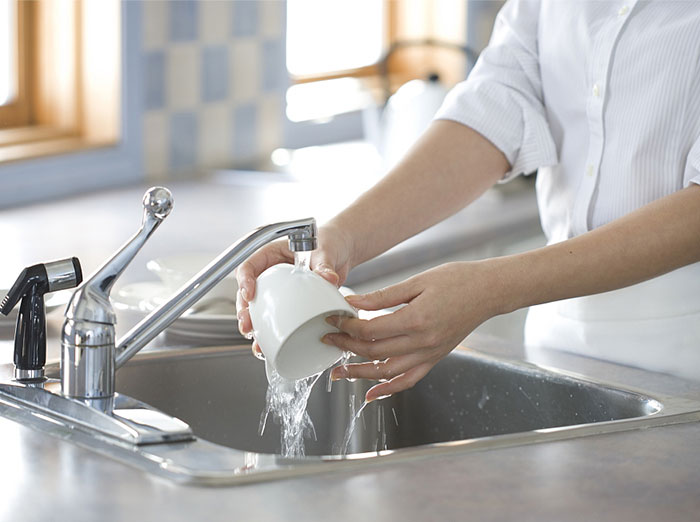In general, the surface tension of the fiber surface is relatively low and is not easily wetted by water. Wetting theory states that in order for a fiber having low energy surface properties to be completely wetted by water, the surface tension of the water is required to be equal to or less than the critical surface tension of the fiber. When the water has a surface tension of up to 72 75×10-3 N/m at 20 ° C, it is necessary to add a surfactant to lower the surface tension of the water to quickly wet the fibers. Penetrants are widely used in desizing, scouring, mercerizing, bleaching, dyeing, printing and finishing. Surfactants used as penetrants and wetting agents are mainly anionic surfactants and nonionic surfactants. Cationic surfactants are not suitable as wetting agents because they have a strong adsorption of fibers, which in turn hinders further wetting.

Many studies have shown that the wettability of alkyl polyglycoside surfactants has the following relationship with their structure:
In all types of surfactant homologues, the wettability increases with increasing carbon chain, but all have a high value.
Branched alkyl surfactants have better wettability than linear alkyl surfactants.
The introduction of a second hydrophilic group into the molecule results in reduced wettability and improved wettability after esterification or amidation.
In the ionic surfactant, the hydrophilic group is in the center of the molecular chain, and the wettability is good, and the closer to the end of the molecule, the worse the wettability.

In nonionic surfactants, wettability increases with increasing EO number, but with a limit.
The hydrophilic-lipophilic balance (HLB) of the surfactant is related to wettability. The HLB value is too low, it is suitable for use as an emulsifier, it is too high for detergents, and the middle is used as a wetting agent. In addition, when using wetting agents and penetrants, it is also necessary to consider the effects of factors such as temperature, pH, and processing characteristics.

Use temperature: For ionic surfactants, it is better to use the Krafft point (TK) which is close to the working temperature of the solution. At the Krafft point, the critical micelle concentration (cmc) of the surfactant is equal to its large solubility, at which point the surfactant achieves a high capacity. For nonionic surfactants, the dilute aqueous solution exhibits reversible two-phase separation in a narrow range near the cloud point, and therefore, for nonionic surfactants, a substance having a cloud point higher than the high working temperature of the solution is generally selected.
Acidity and alkalinity: Acidity and alkalinity not only affects the solubility and use effect of the penetrant, but also decomposes the penetrant when it is severe. Table 2 lists the relationship between the acidity of the solution and the penetrant. Penetrant: The choice of penetrant in bleaching is related to the bleaching method. Sodium hypochlorite bleaching is generally selected from non-ionic penetrants, sulfonate succinate groups and alkylnaphthalene sulfonates are also available; H2O2 bleaching is selected from nonylphenol ethoxylates; sodium hypochlorite bleaching is generally selected from medium or high alcohols or fatty acids. Polyoxyethylene adduct, alkylphenol polyoxyethylene adduct, and the like.